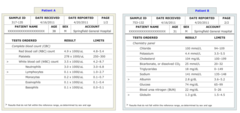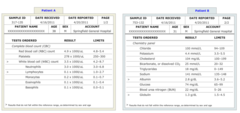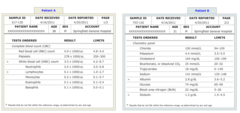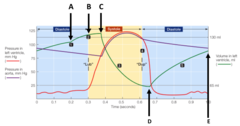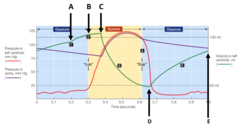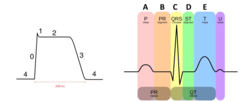questionWhich of the following CORRECTLY describes the path of excretory fluids through a mammalian nephron?
1. Bowman's space, glomerulus, proximal convoluted tubule, distal convoluted tubule, loop of Henle, collecting duct
2. glomerulus, Bowman's space, loop of Henle, proximal convoluted tubule, distal convoluted tubule, collecting duct
3. glomerulus, Bowman's space, proximal convoluted tubule, distal convoluted tubule, loop of Henle, collecting duct
4. collecting duct, proximal convoluted tubule, loop of Henle, distal convoluted tubule, Bowman's space, glomerulus
5. glomerulus, Bowman's space, proximal convoluted tubule, loop of Henle, distal convoluted tubule, collecting duct
answer5. glomerulus, Bowman's space, proximal convoluted tubule, loop of Henle, distal convoluted tubule, collecting duct
